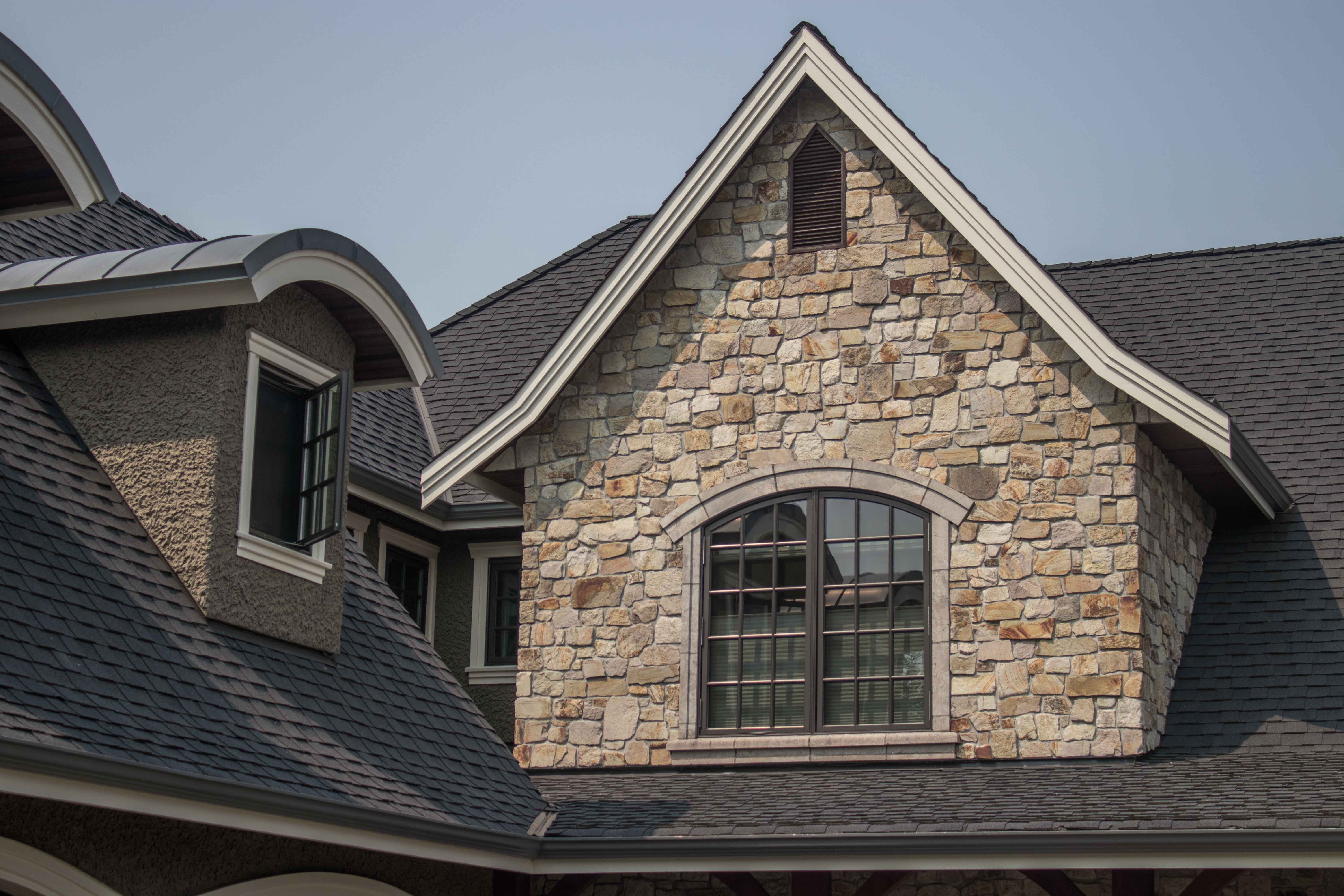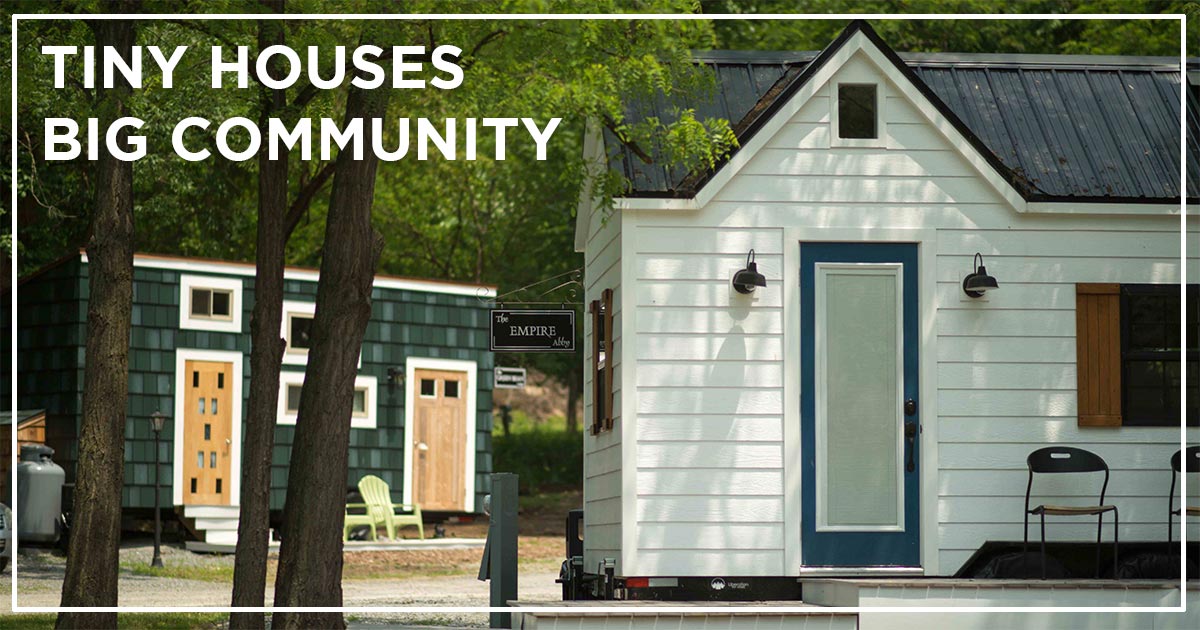Table Of Content

Set aside at least a four-day chunk of time for the basic framing, because once the roof’s open, you’ve got to keep at it until the dormer is weathertight. Then you can relax a little as you finish the exterior siding and trim. Plan on spending seven or eight more weekends finishing the interior and completing the exterior painting. A gabled roof looks great from the outside and adds space and light inside.
Four Steps to Flash a Dormer - Fine Homebuilding
Four Steps to Flash a Dormer.
Posted: Fri, 09 Oct 2020 10:51:24 GMT [source]
Next Up In Roofing
Pedimented dormers are similar to gabled dormers, but they incorporate details rooted in classical architecture. In ancient Greece and Rome, buildings often had a row of columns across the front. They supported a horizontal beam that held up a triangular wall, known as the pediment, that was under the roof peak. On pedimented dormers, molding emphasizes a similar triangular shape. Vertical molding on either side of the windows stands in for columns. This is basically a gabled dormer, but the dormer roof flares out in the same way that the main roof on a house often flares out to accommodate a porch or an addition.
Different Types of Dormers
After seemingly endless planning and preparation, you’ll finally see real progress when the walls go up. Install a 2×6 header across the opening to support the cut-off rafters, then fit the front wall between the new rafters (Photo 4). Take a little extra care to make sure the top of the wall is level and brace it perfectly vertical (plumb) and square. Complete the wall framing by building the side walls as shown in Photos 5 and 6. Cut the new triple rafters to the same length and angles as the old and slide them under the roof sheathing. Nail through the ridge board into the ends with three 16d common nails.
Different Types of Dormers with Pictures
Gabled dormers are also found on Colonial Revival and Gothic Revival houses and on houses in the French Eclectic style. Here are the different types of dormers that have been designed over the years to let in light and add more space to attics. A winding driveway leads to an expansive front motor court and courtyard. A dormer addition costs between $5,000 to $10,000 and is a roofed structure that usually includes a window. It’s commonly added to increase a loft or attic's usable space and create window openings in a roof plane. Like roofs in general, the gable design is one of the most popular, recognizable by its peaked roof.
It’s typically more cost-effective to install a dormer when putting on a new roof than to add one to an existing roof. On the other hand, dormers are expensive and challenging to install. If made cheaply, they can rot, warp, or gap around the flashing. To ensure that your roof lasts a long time, experts recommend annual inspections and roof maintenance checks that also involve dormers. These visits should include replacing any damaged flashing and checking seals around windows, doors, chimneys, and vents to prevent leaks. Once the dormer is weathertight and you can sleep without worrying about the pitter-patter of rain, move inside.
These features are completely external and won’t provide you the spare space or increased natural light that many dormers do. To create a recessed design, the walls are set deeper into the roof rather than sticking out from it. The result is the space of the extension coming inward toward the house and an overhang protruding over it. So far, we’ve mostly talked about how dormers work with roofing. If you want a dormer installed, you can turn to a wall dormer if you don’t want to focus on just your roof. For example, any eyebrow dormer has a more unique design than a simple arched projection.
Find Addition Contractors Near You
Snap lines for the rafters, then draw in the ridge and soffit detail. Cut a common rafter for a pattern and lay it on the drawing to check for fit. To make sure the dormers work, we recommend hiring an architect who specializes in residential construction or remodeling. The architect will help you consider issues such as roof slope, interior headroom, exterior appearance, structural strength, roof condition and cost.

Columned Home with Dormers in Gambrel Roof
Instead of the full columns found on some pedimented dormers, this one has only shingle-covered side walls that bulge out on top. A wall dormer is one where the face of the dormer shares the same horizontal plane as the surface of the wall below it. This type of dormer will break the main roofline with its roof or the face of the dormer. Wall dormers are typically more understated and have a lower profile than standard dormers. This helps to preserve the architectural flow of the exterior of the home while still expanding the under roof area. An inset dormer, also known as a recessed dormer, is one that is partially set into the roof rather than fully projecting from it.
#14 // Maintaining Symmetry with Dormer Windows
Note that the average cost of a dormer permit is around $1,600 and that this number can vary depending on local laws and regulations. According to experts, a dormer that appears disproportionately large could depreciate your home’s value. You want your dormer to be an accessory to your house rather than be the main focus, so make sure it’s small enough not to detract from the overall appearance of the building.
Add rafter ties to strengthen the roof and to provide space for insulation and ventilation (Photo 15). When the framing has been OK’d by the building inspector, you can proceed with the electrical rough-in, insulation, drywall and woodwork. You don’t have to understand all the technicalities of rafter cutting to build the dormer roof. If the slope of your dormer roof is the same as that of the old roof, you can use the roof jig technique shown to measure the slope and transfer it to the new rafters.
This depends on several factors, including what type you want and how intensive it is to install. It sits almost flat against the roof, usually added to create a little bit more space or add a window to let more natural light in. You can even use them to help make a usable type of attic if you need it. For one, window dormers can help open space to create better lighting. Alternatively, dormers can create more space because they allow you to extend beyond the sloped ceiling that a pitched roof can create. This is particularly handy if you want to maximize loft space.
Not your basic gabled dormer, this one features an intricate truss design, which is characteristic of houses with half-timbered details. Today, this look may be purely decorative, created simply with nailed-on boards and plaster. Originally, however, the wooden pieces were part of the house’s basic structural skeleton. They helped brace the main beams so they didn’t twist out of shape. When you build a dormer, there's more to consider than its style alone.
Their earlier uses were for ventilation to the spires of churches and cathedrals. You can find dormer windows on the second, third, and higher floors of buildings, lending their functionality to the full scale of the building. Instead of a gabled roof's single ridge, hipped dormers are designed with the roof sloping back as it rises and the hips jutting out from a peak. This type of dormer usually mirrors the hipped roof of the house, which will have four slanting sides coming together in a peak. The right choice of dormer will depend upon the style of your home. Dormers are great compliments to a home's existing architecture that add visual flair and curb appeal.
We’ve put together a list of 14 houses with dormer windows, showing you the endless possibilities of this architectural feature. While an eyebrow dormer adds less space and light than other dormer types, it does improve these benefits in a roof area. These dormers are ideal for low-pitched roofs, where the brow shape blends more gracefully into the design. Exploring the various types of dormers can help anyone considering a building design or simply understand the evolution of architectural styles.
You also run the risk of snow piling up on the flat roof, which could cause structural damage and leaks. In most cases (saltbox roofs and similar roofing styles aside), you want the dormers to be positioned symmetrically on the house. You can have one in the center or multiple across the top of the house in a mirroring pattern. You lose more heat out of your glass windows than out of your walls or roof. That’s why when you touch a window in your home during cold weather, the window is colder than the wall next to it.
Gabled dormers, which feature a peak at the top and are connected to the roof by two valleys, gained popularity in mid-century Cape Cod–style homes. With a flared gable, the dormer roof flares out to help shade windows, and the overhang can be supported by corbels. You know the versatility of the design and enjoy the aesthetic appeal it adds to the house. Prioritize care and maintenance by insulating dormer windows in the loft, bungalow, or attic floors.

No comments:
Post a Comment